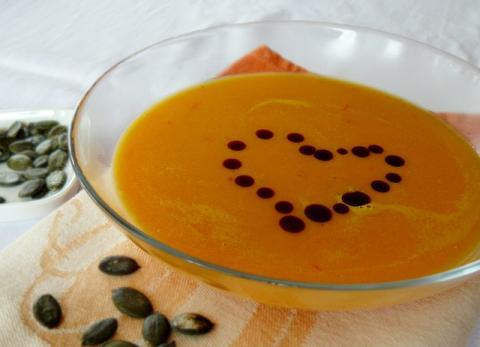
As a country, we’re becoming increasingly more aware of what we eat, and how what we eat makes us feel. The past few years have seen a rise in the popularity of many diets advocating a return to real, whole foods, and prompting us to listen to our bodies. Dietary choices such as Paleo, vegan, raw, and the hormone diet mark a turn away from processed foods and towards a more natural way of eating.
As healthy as these diets are (and I ascribe to more than one of them), they’re limited in that they tend to offer a one-size-fits-all approach to eating. Especially as we learn more about food allergies, we’re finding that what is healthy for one person is not necessarily healthy for the next. We’re turning more often to systems of thought that tailor dietary recommendations to the individual.
The dietary ethos of Ayurveda, the ancient system of medicine originating in India, has a lot in common with the newer, western trends, but varies its nutritional recommendations based on an individual’s dosha, or prevailing energy type. To learn whether your dosha is predominantly vata, pitta, kapha, or a combination, take this quiz on Basmati.
Also keep in mind that foods can be sattvic (balancing), rajasic (heating), or tamasic (sedating). Generally, you want your diet to consist of mostly sattvic foods. Once you know your doshic type, take a look at the suggestions below to learn what to eat more of, what to avoid, and what foods are balancing for your particular dosha.
Sattvic foods (balancing, calmly energizing)
- Fresh fruit
- Fresh vegetables
- Beans and grains
- Dairy
Rajasic foods (aggressively energizing)
- Strong spices
- Meat, especially red meat
- Raw garlic and onions
- Coffee and tea
- Salt
- Sugar
Tamasic foods (fatiguing, sedating)
- Leftovers
- Fermented foods
- Frozen or canned foods
Foods by Dosha
Vata
Vata types often have a particularly tall or short body frame and cool body temperature. Energetic and creative, they tend towards nervousness, anxiety, and insomnia when imbalanced.
Increase intake of:
Foods that are grounding, particularly sweet and heavy foods
- Root vegetables like carrots and potatoes
- Green beans
- Most fruits, especially grapefruit, bananas, and melons
- Rice
- Oats
- Nuts and seeds
- Mung beans
- Dairy
- Sesame or olive oil
Decrease intake of:
Foods that are drying, aggressively energizing, bitter, or astringent
- Buckwheat and millet
- Cold, raw foods
- Yeasted bread
- Strong spices
- Caffeine
- Sugar
Pitta
Pitta types commonly have a medium or athletic build and an energetic personality. When out of balance, their energy can manifest as anger or frustration.
Increase intake of:
Foods that are cooling, bitter or pungent
- Leafy greens
- Watery and cool fruits such as melons, pears, apples, grapes and mangoes
- Coconut
- Squashes
- Mushrooms
- Barley
- Rice
- Mung beans
- Watery vegetables such as cucumber and broccoli
Decrease intake of:
Foods that are heating, sweet, sour, or salty
- Tomatoes
- Garlic
- Peppers
- Spicy foods
- Citrus fruits such as grapefruit and oranges
- Papaya
- Honey
- Corn
- Buckwheat
- Yeasted bread
- Dairy
- Meat
- Eggs
- Coffee
- Alcohol
Kapha
Kapha types tend toward evenly proportioned bodies and steady personalities. Too much kapha energy can lead to greed, stubbornness, and lethargy.
Increase intake of:
Foods that are energizing, bitter, or astringent
- Leafy greens
- Peppers
- Fruits that are lighter rather than dense: apples, pears, cranberries
- Raw vegetables
- Mung beans
- Most grains, particularly buckwheat and millet
- Honey
- Spices
Decrease intake of:
Foods that are heavy, sweet, or salty, which increase Earth and Water elements
- Root vegetables such as potatoes and carrots
- Oils
- Dairy
- Avocado
- Wheat
- Tofu
- Nuts
- Fried foods
- Heavy foods








